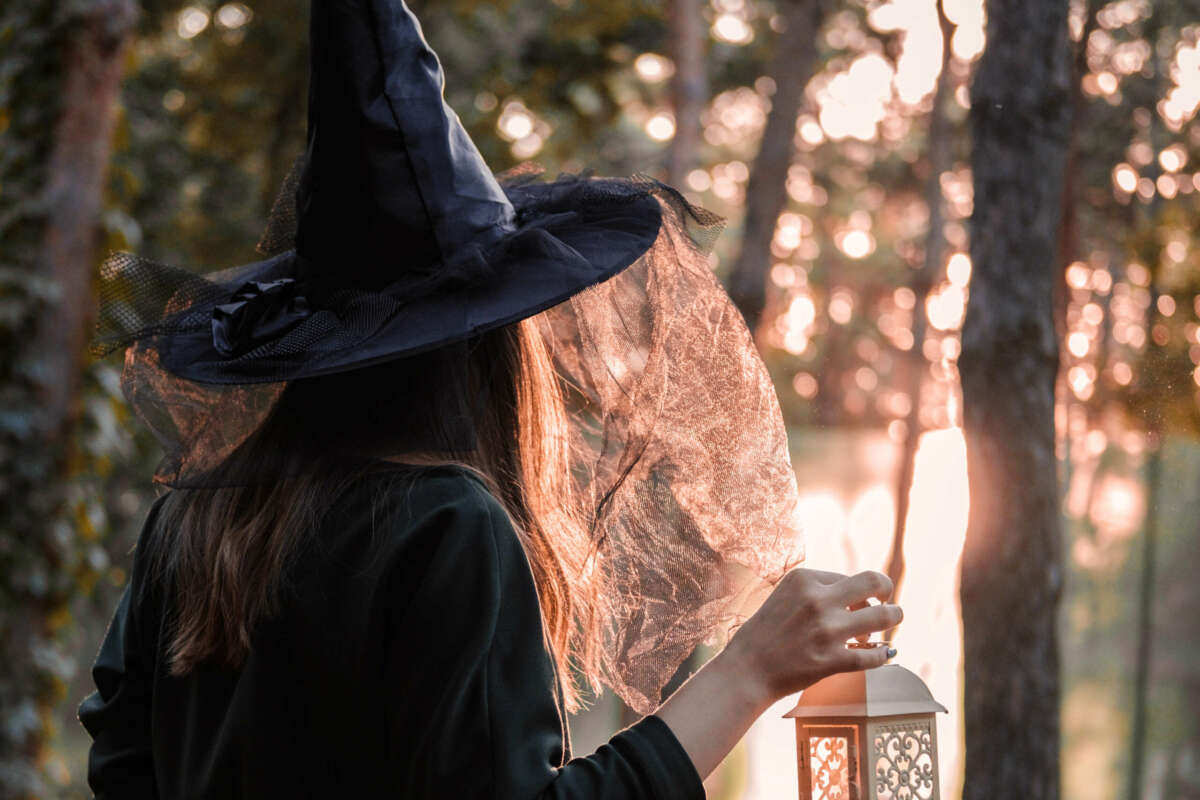Halloween season is upon us, which naturally causes our thoughts to turn to witches. And as we discussed it amongst ourselves, we realized that there has been a distinct change in how pop culture portrays the ancient figure of the female witch. Way back in the misty years of our childhoods, witches were supposed to be terrifying. Evil. Angry, jealous and dangerous. Like, we still have nightmares about the Wicked Witch in The Wizard of Oz. Seriously. This Halloween, though, female witches are a popular, positive and beloved role model in pop culture, including novels, movies and TV. When did that change happen? And why?
[trx_sc_layouts layout=”16047″]Are you a good witch? Or a bad witch?
Sabrina the Teenage Witch. Kiki’s Delivery Service. Twitches. And Bewitched, and Matilda, and The Craft, and so many more movies and TV shows about witches. We Ride Upon Sticks. The Once and Future Witches. When Women Were Dragons. Enough novels about witches to fill a reasonably-sized shelf.
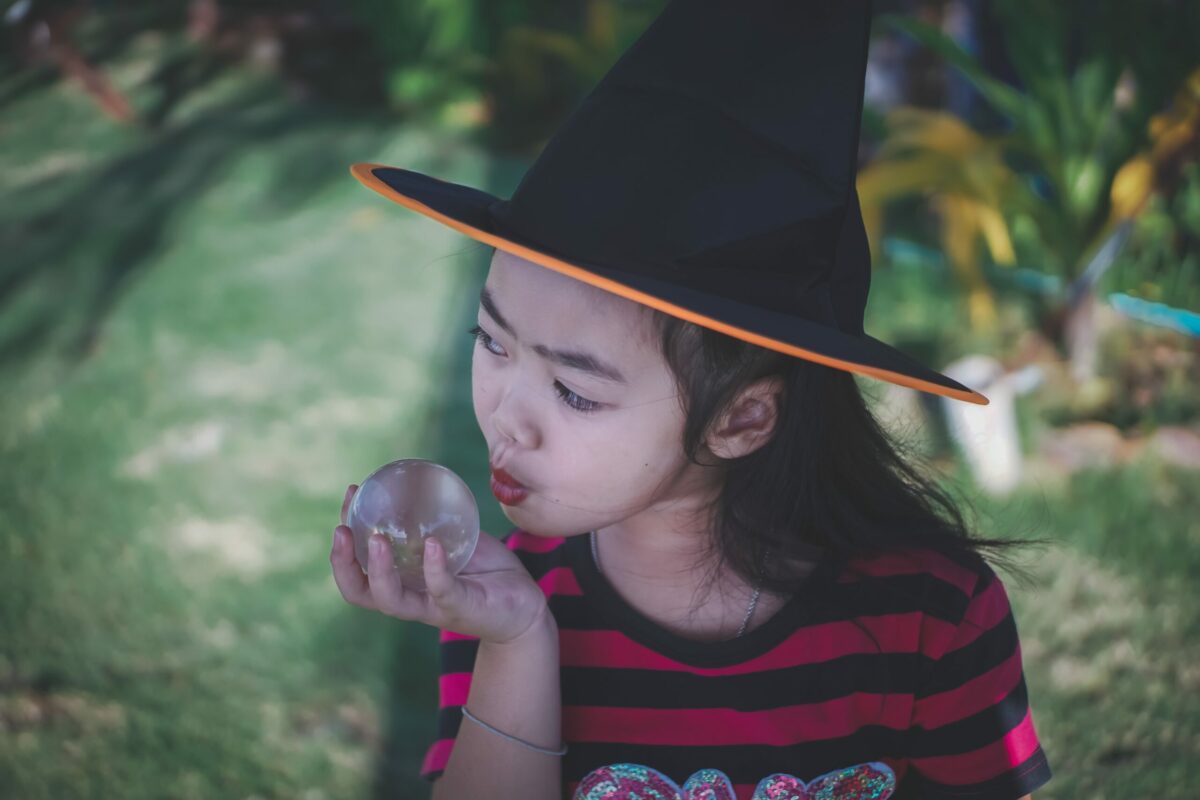
This Halloween, female witches are a popular, positive and beloved role model in pop culture including novels, movies and TV, and here’s why.
Why are female witches suddenly everywhere? And how did they become heroic figures in pop culture, when once upon a time, they embodied all the fearful attributes of a good girl gone bad. They were literally a man’s nightmare about what a woman could become if she wasn’t controlled: powerful. Demanding. Independent. You know . . . without any real need for a man.
With the notable exception of the perky blonde witch Sabrina, female witches were almost always ugly in pop culture until the 1980’s. They were old. And unoccupied. And extremely jealous of younger, prettier women (looking at you, Sleeping Beauty). You see why the patriarchy might like to sow some division in this manner, yes?
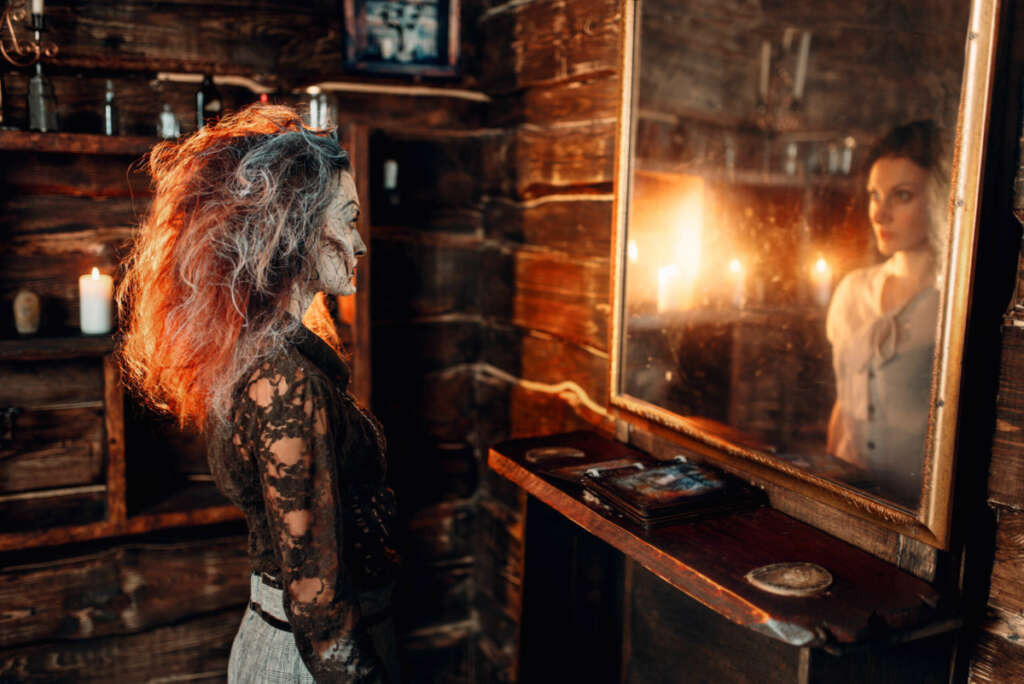
This Halloween, female witches are a popular, positive and beloved role model in pop culture including novels, movies and TV, and here’s why.
But the negative connotations associated with the female witch (rhymes with b*tch) were turned on their heads sometime around 1980. Many, many, many witch-filled entertainment and pop culture franchises dominated millennials’ imaginations in the late 90’s and early 2000’s. From afternoon sitcoms to Disney Channel original movies; from novels to blockbusters. Growing up, the witch was it for people who are now in their late 20’s and 30’s.
Of course it wasn’t always so.
[trx_sc_layouts layout=”16047″]Female Witches in millennial pop culture
For kids growing up in the 1990’s and 2000’s, female witches were everything. In the 1950’s kids wanted to be the Princess. Their grandkids, though? They wanted to be the witch.
the essential appeal of the female witch
What was so cool about a female witch for the millennials? Well, for starters, she transcended genre. A female witch could be scary – but she could also be shy and sweet. She charmed her way into picture books for young children, and hexed herself into horror movies for older teens. Her image was everywhere. In dozens of Young Adults novels, in hours of television shows. And of course, the female witch was an actual part of American history – the Salem Witch Trials have forever captivated young minds.
No matter your age, no matter your interests, the female witch could be with you from childhood, all the way through adolescence. Her story might shift, and she might change form – maturing from the little girl in Anna Elizabeth Bennett’s The Little Witch to the adult Halliwell sisters in Charmed – but many of her core values would remain the same. She was your cool older sister. Your sophisticated and worldly auntie. The groovy grandma. Your Fairy Godmother, but with better clothes. And hair.
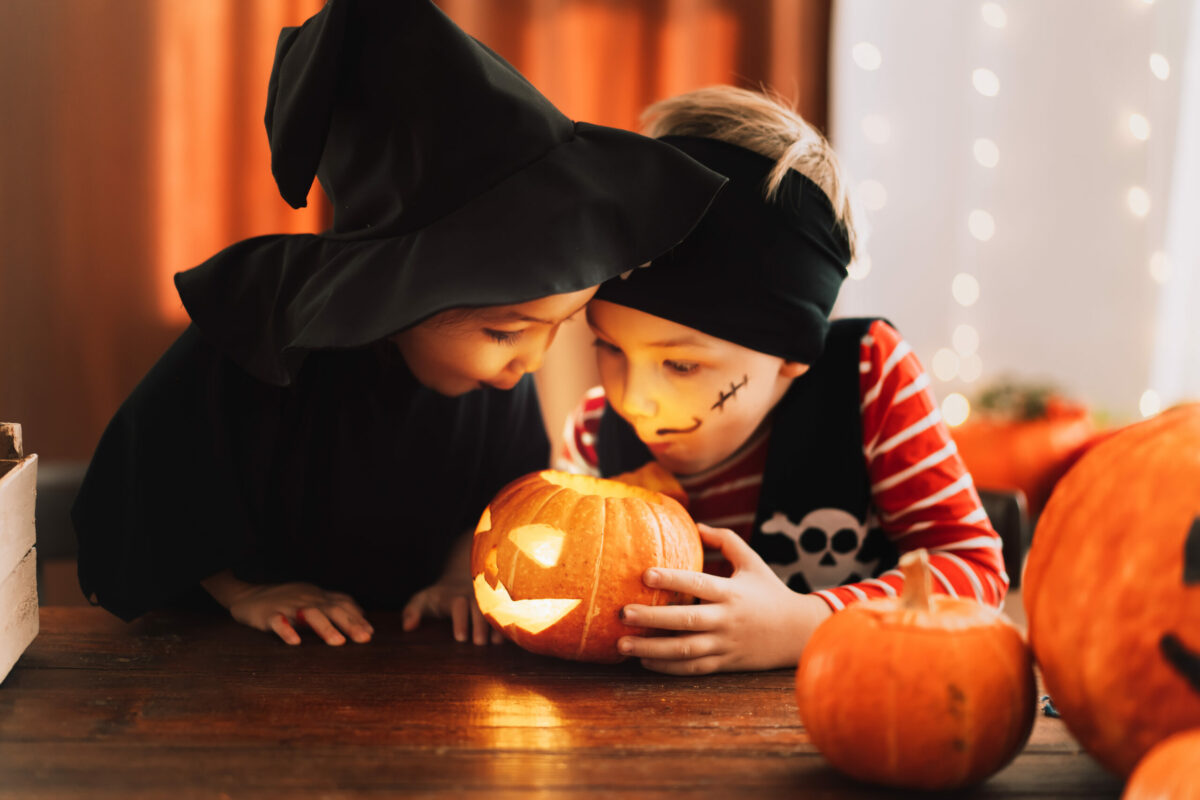
This Halloween, female witches are a popular, positive and beloved role model in pop culture including novels, movies and TV, and here’s why.
females witches stand for something important
And it’s these values – these essential witchy attributes – that have kept the witch such a powerful figure in pop culture. From The Worst Witch, to The Chilling Adventures of Sabrina, to Hocus Pocus 2 (which came out this week, two decades after the original), the witch has clawed her way across the passing calendar pages. She’s here to stay.
So what is it that makes “the witch” so compelling? Why might young girls (and children of all genders, who are feeling vulnerable as they come of age) look to her for comfort and for inspiration?
Female Witches represent the possibility of change
Well, let’s start with the obvious: her magical powers. Though the origin of a witch’s powers may vary from tale to tale, there is often a kind of surprise associated with them. A witch’s magic might emerge in moments of duress (as in Matilda), or might be discovered along with a treasure chest of delightful (and dangerous) family secrets (as in Halloweentown). One day, she’ll be an ordinary person, and the next – a witch.
The message is, that kind of radical transformation could happen to anyone. The message is, you’re more special – and more capable – than you may think. If you’ve ever felt dissatisfied with the world around you (and who hasn’t?), you don’t have to worry, because you are also part of another world, and that one is made of magic. It’s a remarkably reassuring notion – and one that young people are naturally drawn to as they struggle through the insecurities of growing up.
female witches have power and agency
Whether she’s fighting school bullies, evil stepparents, or nemesis supervillains, the witch already has everything she needs. She isn’t waiting for her circumstances to change, or for someone to come and save her. She is able to save herself, thanks to her own abilities. (And oftentimes, she’s able to use her magic to do more than that – she’s able to use it help others).
female witches have friends and communities
But best of all, witches almost never seem to be alone. Most of the time, when the story starts, the witch is not the most popular girl in school. She’s an outsider. She’s misunderstood, and she’s lonely. And yet, as she learns who she really is, she is able to build for herself the life that she wants. In nearly every story, a witch’s powers end up leading her towards the best magic of all – the magic of community.
To family she never knew she had, or to new friends who become loving members of her coven. In many cases, a witch’s powers – her discovery of her true identity – can even help her to better connect with the people she already knew. After fighting the forces of darkness together, a witch and her friends often achieve the kind of intimacy that feels elusive in the real world.
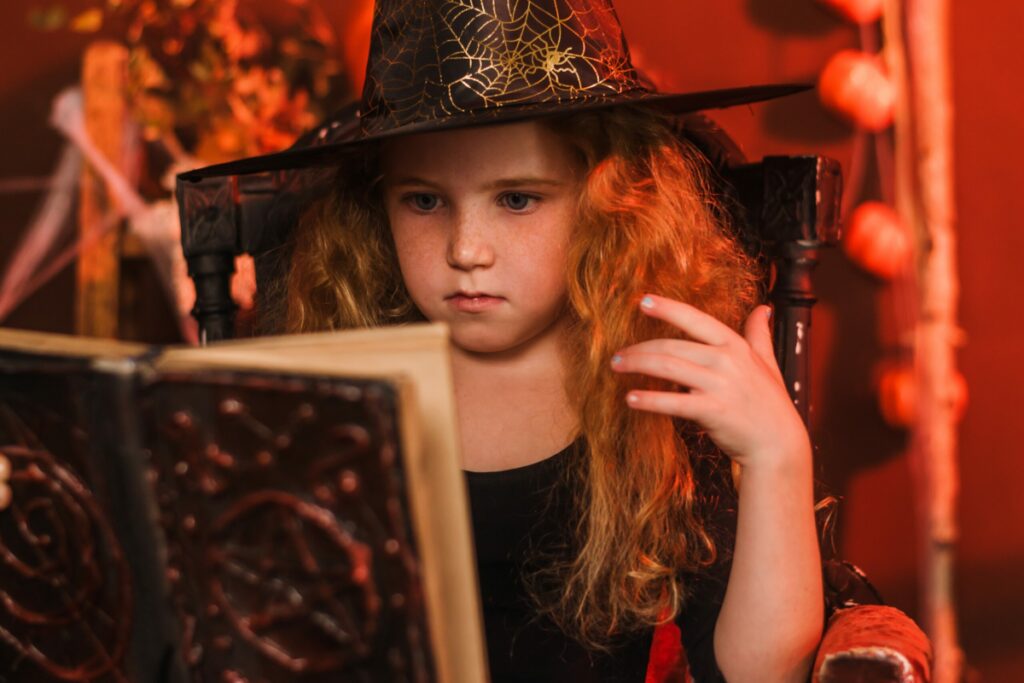
Why witches are so important in our pop culture? Courtesy Photo.
For children – and even for adults – the witch encapsulates a fantasy of empowerment and self-actualization; a fantasy that goes beyond the ability to wield a wand. In our lowest moments, we’d love the comfort of knowing that we have the power to save ourselves and slay our demons. We’d love the chance to leave our world behind, and go somewhere a little more magical. And we’d love the close companionship of people who understand us, and see us as we really are.
Of course the witch has remained popular, all these years. Who can imagine a better role model? Someone who is strong and true to themselves, and fights for good, all while developing close relationships with the people around her. We should all be trying to live like the witches we loved in childhood.
of course, there’s a dark side to being a witch
And yet, despite all these wonderful attributes, the witch is not always a symbol of hope. Quite the contrary. The female witch exists because there is injustice. She has powerful enemies. She often feels fear, and she suffers heartache. And she faces real dangers and real consequences. And in spite of her magical powers (and sometimes because of them), her life is hard. Oh, and the reason she’s always trying to save the world? Because she lives in a world that needs saving.
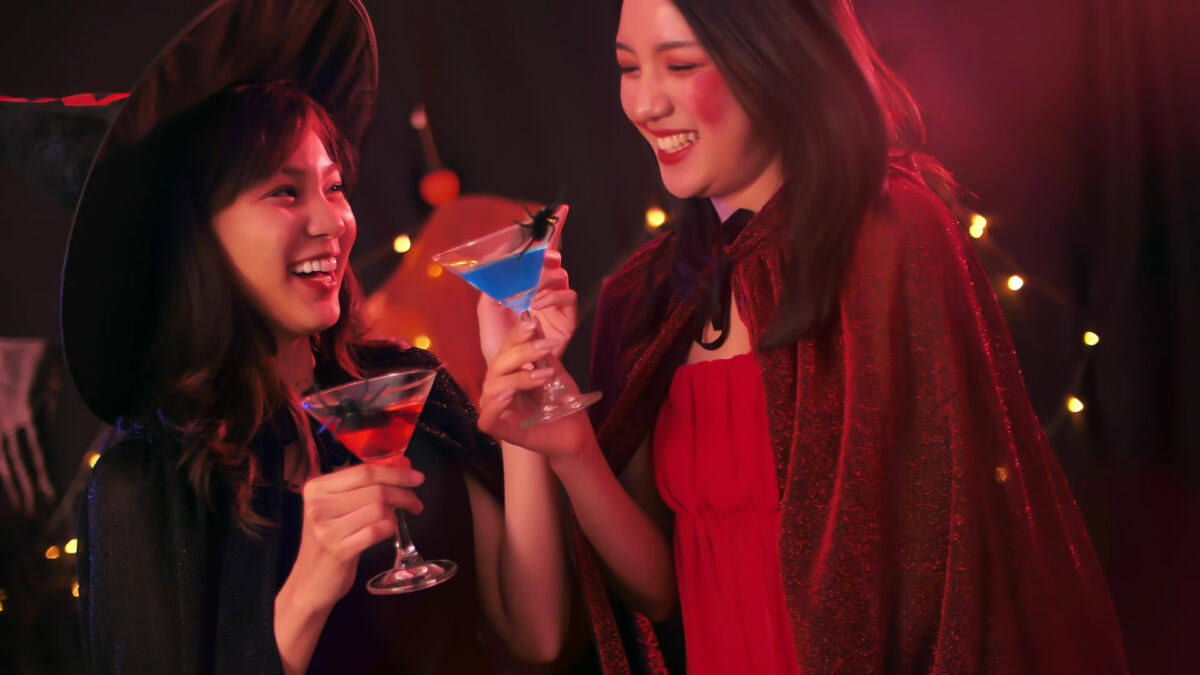
This Halloween, female witches are a popular, positive and beloved role model in pop culture including novels, movies and TV, and here’s why.
Why are Witches Such a Beloved Female Role Model Right Now?
Those are some of the reasons that the figure of the female witch has lasted for centuries – and morphed and changed as society and pop culture changed.
And perhaps the real lesson of the female witch is this: the work is never done. Despite her magic abilities, usually at the end of the story, the female witch hasn’t solved all her problems – far from it. And that’s why we can relate to her. That’s what makes her so accessible. After all, our world needs saving too.
So this Halloween, whatever you decide to dress up as to celebrate the season, pause and consider this. We all have a secret reserve of magic powers, ready to burst open at the moment we need it most. And each time we watch the female witch triumph – each time she goes from lonely outsider to powerful saver of the world – our belief that we can, too, grows just a little bit stronger.
[trx_sc_layouts layout=”16047″]